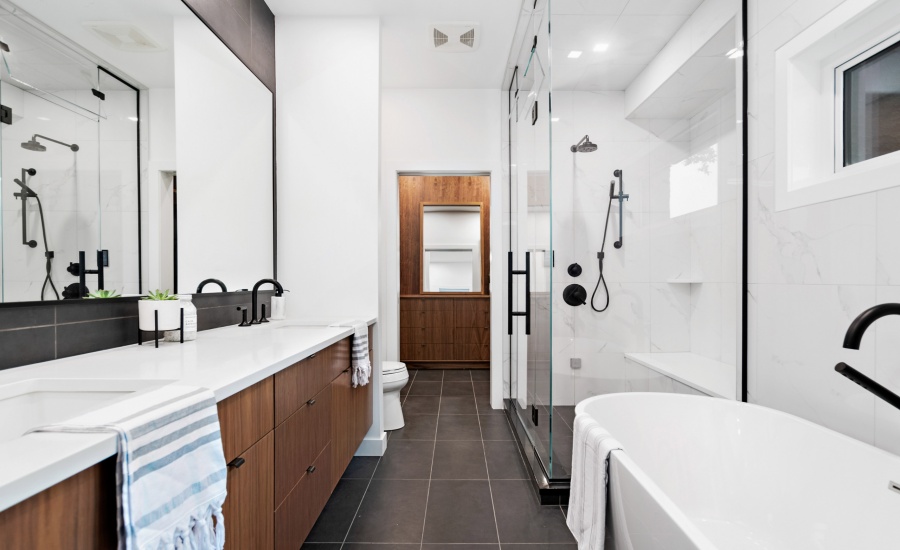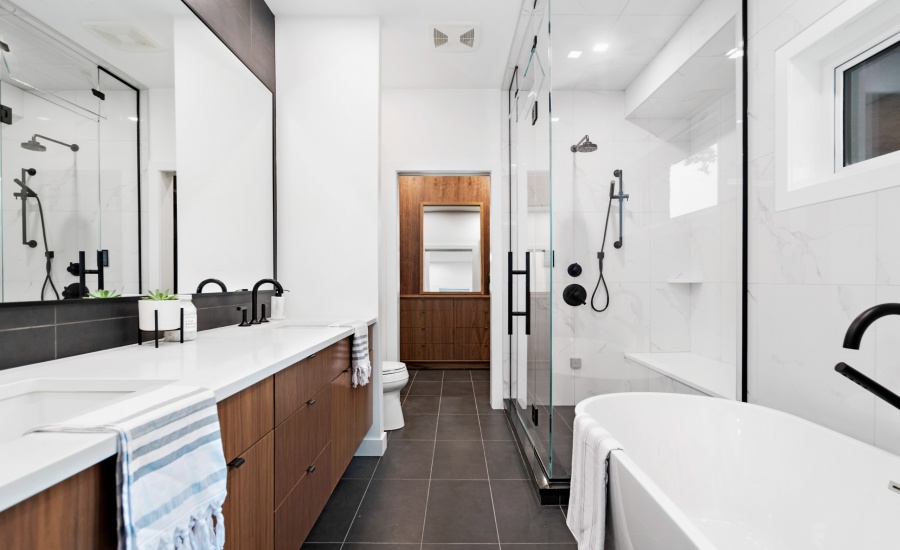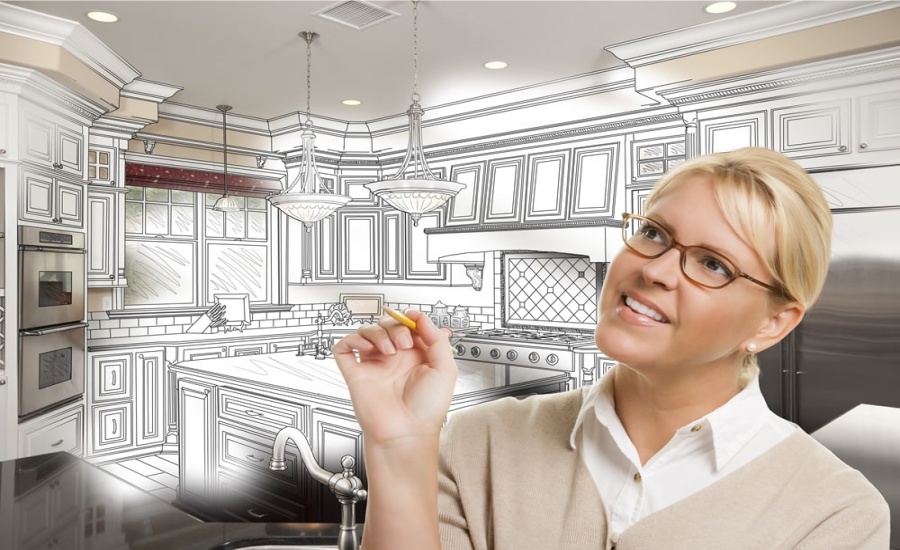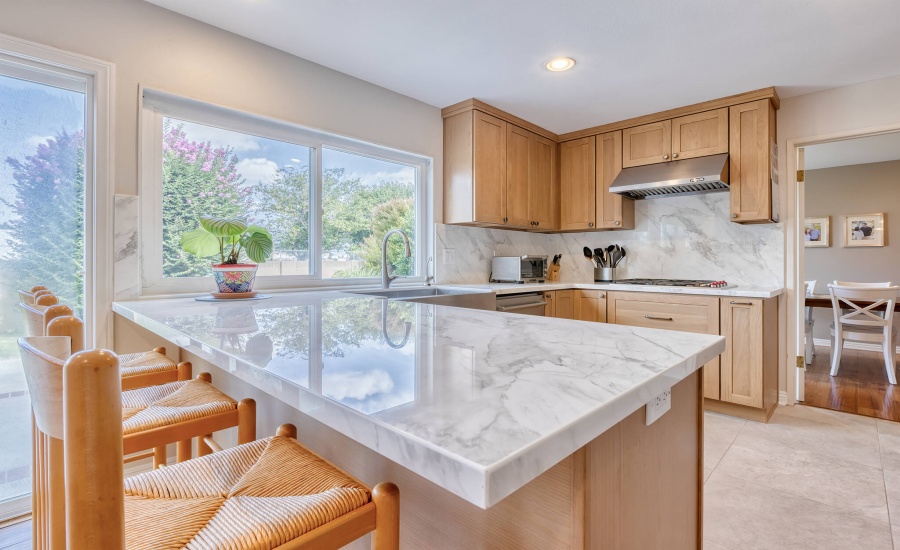Planning is crucial when embarking on a bathroom remodel. Homeowners should start by assessing their current bathroom layout and identifying areas that require improvement. This may include outdated fixtures, inefficient layouts, or insufficient storage. Creating a detailed plan that outlines specific goals, such as increasing storage or enhancing accessibility, can guide the renovation process. Visualizing the final outcome through sketches or design software can also help in making design choices.
Establishing a realistic budget allows homeowners to prioritize their needs and allocate funds accordingly. It is essential to consider all potential costs, including materials, labor, and unexpected expenses. Researching various options can provide insight into cost-effective solutions without sacrificing quality. Setting aside a contingency fund for unforeseen circumstances can help maintain financial stability throughout the project.
Choosing the right materials is essential for both aesthetics and durability. Homeowners should select materials that are moisture-resistant and easy to maintain. Options such as porcelain tiles, quartz countertops, and water-resistant paints can enhance the longevity of the bathroom while providing a polished look. Additionally, incorporating energy-efficient fixtures can reduce water consumption and lower utility bills, contributing to a more sustainable bathroom.
Maximizing space is often a primary concern in bathroom remodels. Clever storage solutions, such as built-in shelves or cabinets, can help keep the area organized and clutter-free. Utilizing vertical space by installing tall cabinets or open shelving can create the illusion of a larger area. Choosing lighter colors and strategic lighting can also make the bathroom feel more spacious and inviting.

Ensuring that the bathroom is accessible and safe for all users is crucial. Installing grab bars, non-slip flooring, and adequate lighting can enhance safety and usability. Homeowners should also be aware of building codes and regulations to ensure that the remodel complies with local standards.
Engaging with professionals can provide valuable expertise throughout the remodeling process. Hiring a qualified contractor or designer can help homeowners navigate complex design choices and technical requirements. Professionals can offer insights into current trends, materials, and layouts that align with the homeowner’s vision while ensuring that the project runs smoothly.
Management is another important aspect of a successful remodel. Homeowners should create a realistic timeline that outlines each phase of the project. Understanding that delays may occur can help in preparing for potential setbacks. Breaking the remodel into manageable tasks can make the process less overwhelming and help in tracking progress effectively.
Local home improvement stores often offer workshops and classes that can provide inspiration and practical skills. Online forums and social media groups can connect homeowners with others who have experience in bathroom remodels, allowing for the exchange of ideas, tips, and support.
A bathroom remodel can significantly enhance the quality of life in a home. By focusing on planning, budgeting, material selection, space maximization, safety, professional guidance, time management, and community resources, homeowners can create a bathroom that meets their needs and reflects their personal style. This transformation can lead to a more enjoyable and functional space for daily routines and relaxation.














Leave a Reply